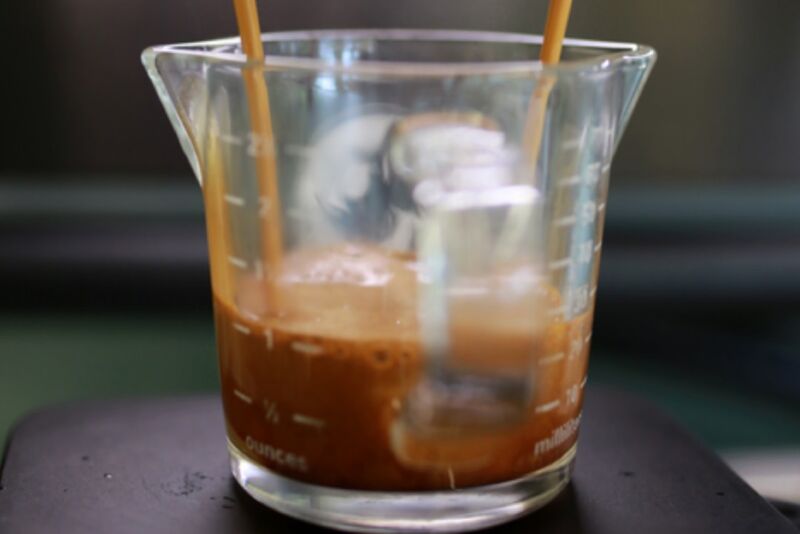Hardcore coffee aficionados are always on the lookout for the next big twist on the world's favorite caffeinated beverage, and these days it's fermented coffee that is turning heads and tickling taste buds with its distinctive fruity notes. Scientists in Switzerland conducted experiments with fermented coffee in hopes of identifying the specific chemical compounds behind the beverage's unusual flavor profile.
"There are now flavors that people are creating that no one would have ever associated with coffee in the past,” said Chahan Yeretzian, a scientist at the Coffee Excellence Center at Zurich University of Applied Sciences, who presented the research during a recent American Chemical Society meeting in Indianapolis. "The flavors in fermented coffee, for example, are often more akin to fruit juices.”
Most coffee is a little fermented since it happens naturally as wet-processed beans soak, breaking down enzymes and producing sugars. It also makes it easier to remove the husk and pulp. In this case, we're talking about green coffee beans that have already been through that initial processing. The beans are then soaked in water spiked with carefully selected strains of yeasts and bacteria and left to ferment for a couple of days. Often fruit or other flavors are added during this stage or the beans are fermented in barrels previously used to store whiskey, rum, or other liquors. Then the beans are washed and dried, and roasted as usual.
Yeretzian and research associate Samo Smrke used arabica beans and divided them into three batches. In the first batch, the beans were washed, and the mucilage (the inner layer of the pulp) was stripped away before being dried. For the second batch, they removed the skin (husk) from the beans but left the mucilage. And for the third batch, they fermented the beans in stainless steel tanks using carbonic maceration, the same process for making wine. This process involves infusing the tanks with carbon dioxide to create an anaerobic environment to lower the pH while the beans ferment.
For the chemical analysis, Yeretzian and his colleagues used a combination of gas chromatography, which separates volatile chemical compounds in a given substance into individual components, and mass spectrometry, which identifies those components. They also recruited a panel of human "sniffers" since flavor and smell are closely related. And the human nose can sometimes detect scents at very low concentrations that might elude the mass spectrometer, though perception of smells can be quite subjective.
“We’re using people to detect scents, and everybody perceives flavors a little differently,” Smrke said. “But in this case, the panel was very consistent in the smells they described. So, what is traditionally considered a challenge was actually not an issue because the aromas were so clear.”
The experiments yielded six distinct compounds that contribute to the unique flavor of fermented coffee. However, the team was only able to definitively identify three: 2-methylpropanal, 3-methylbutanal and ethyl 3-methylbutanoate, all associated with distinctive "raspberry notes with a hint of rose water," per Yeretzian and Smrke. The other three compounds were detected by the human sniffers but eluded the mass spectrometer.
Understanding how the aromas are generated will help producers master and perhaps standardize their fermentation processes, per Yeretzian, which is currently largely done by trial and error. Fermented coffees are quite expensive and not always readily available, but standardization could scale up their availability. "We hope to bring these flavors to the average consumer so they can also experience these coffees with very unique, fruity, and delicious flavors," Smrke said.



3175x175(CURRENT).thumb.jpg.b05acc060982b36f5891ba728e6d953c.jpg)


Recommended Comments
There are no comments to display.
Join the conversation
You can post now and register later. If you have an account, sign in now to post with your account.
Note: Your post will require moderator approval before it will be visible.